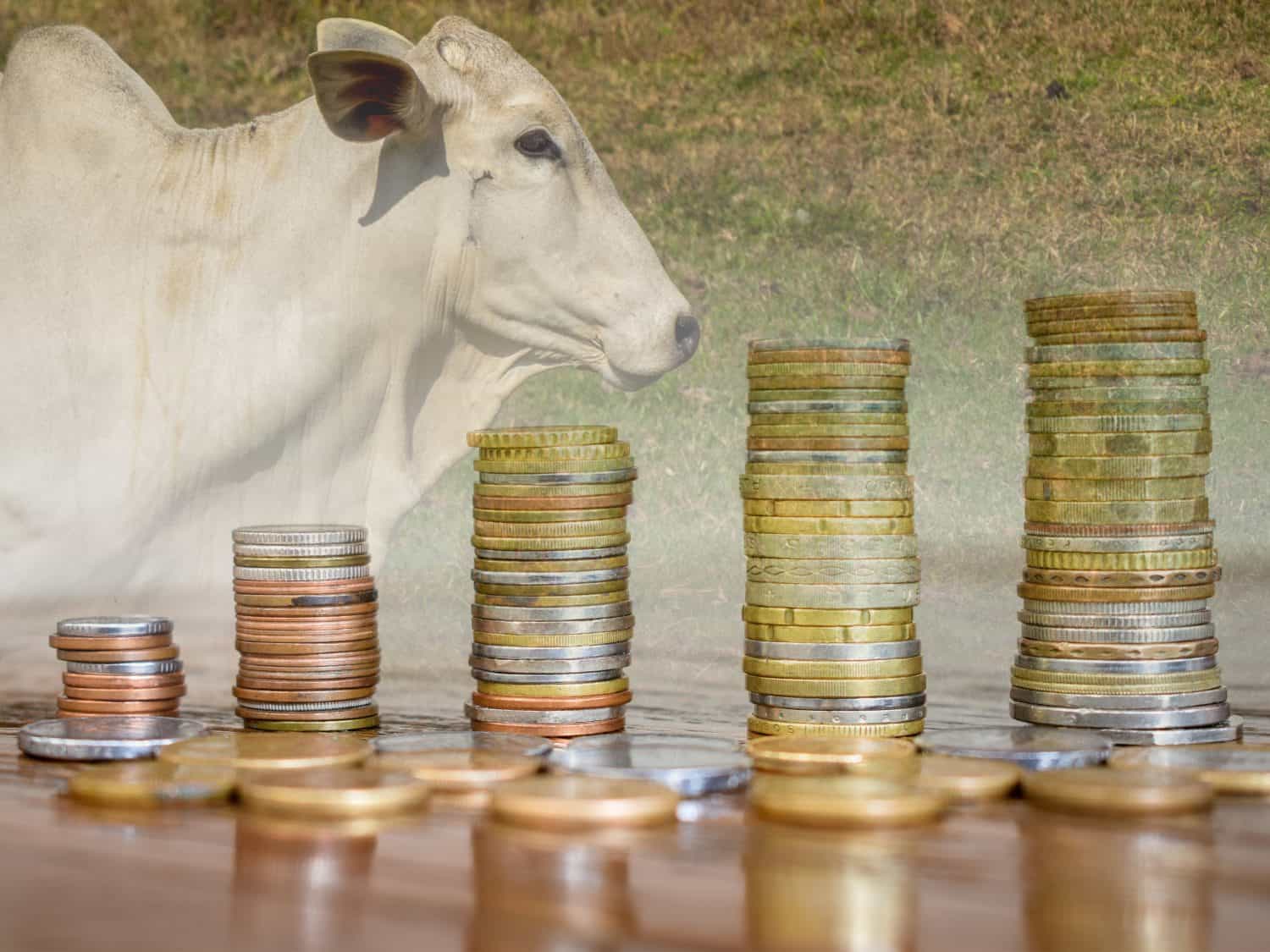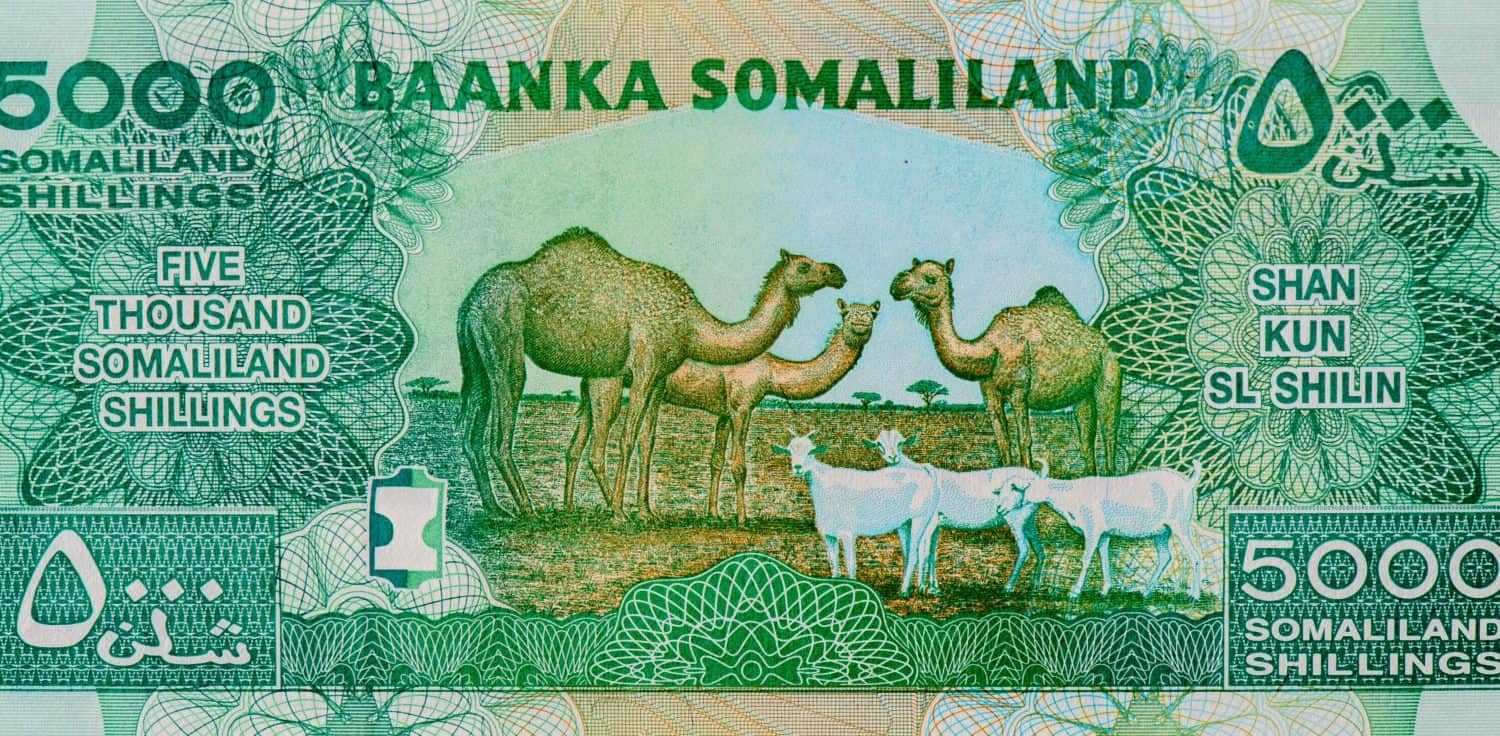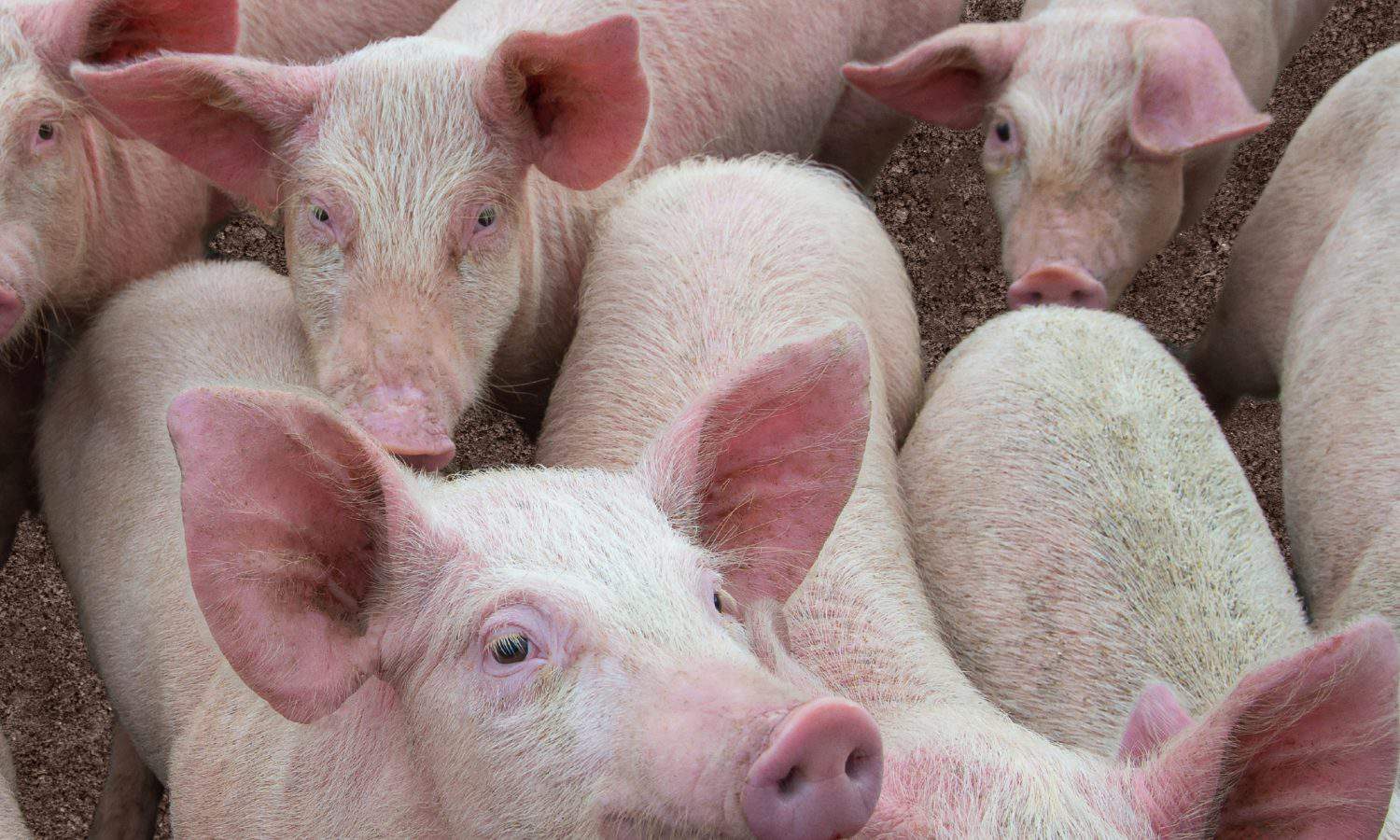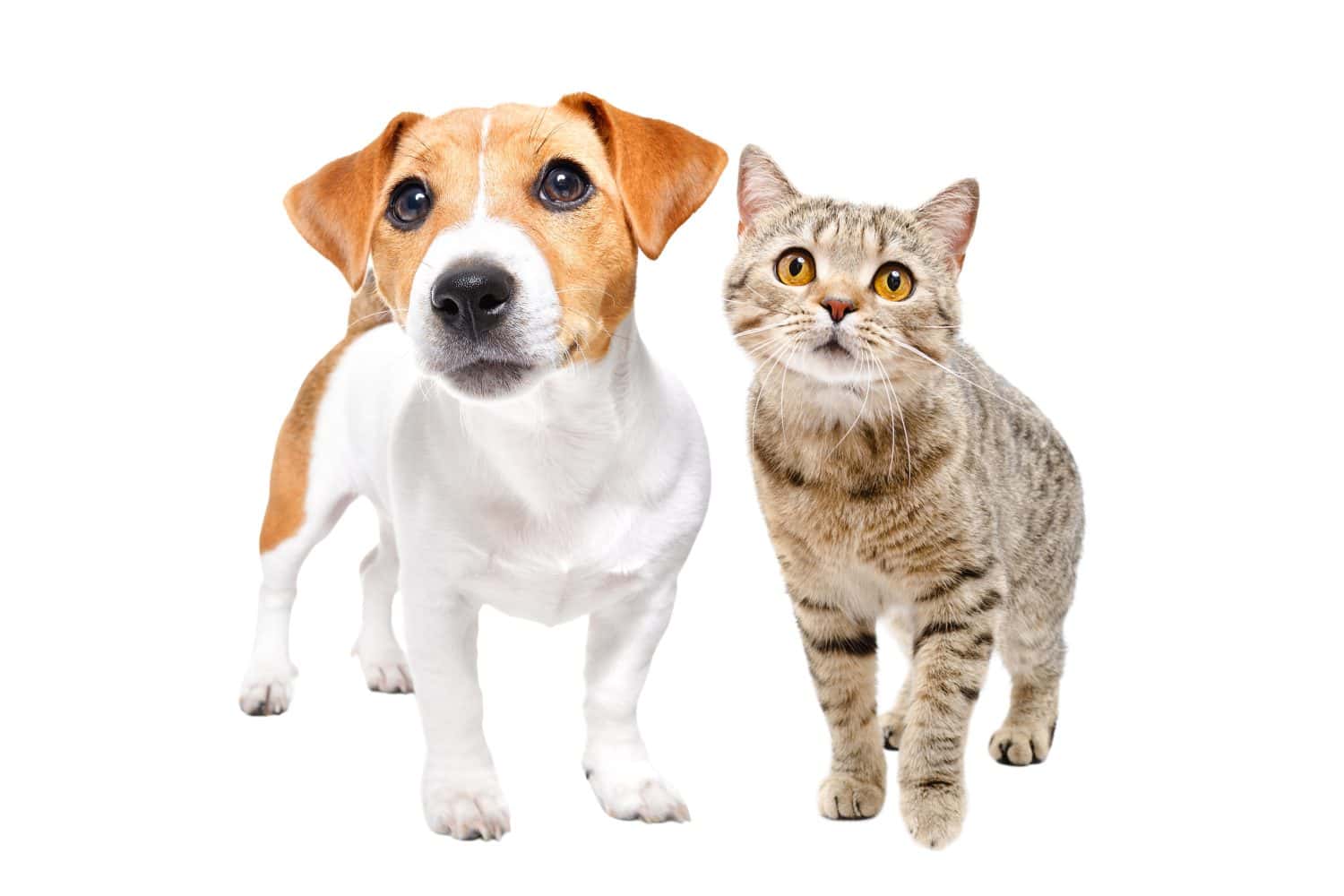
Since the beginning of civilization human livelihood has been tied to animals. Some of the most financially profitable animals in the world today are the same that were first domesticated thousands of years ago. However, the full value animals bring to the world is beyond calculation.
Consulting sources like Global Food Security and the World Bank, we’re ranking for you the top most profitable animals in the world. This can be food for thought for your investment decisions in the agribusiness sector, research and development, or even a decision about what kind of livestock you’d like to raise on your own suburban farm.
24/7 Wall St. Insights
- Livestock provide a variety of food and material items to people of all cultures, making them the most financially profitable animals in the world.
- Some animals play multiple roles that bring tangible and intangible benefits to humanity.
Global Market Value of Livestock

- Worldwide, farm animals account for about 40% of the total value of global agriculture.
- Raising livestock supports about 1.3 billion people. In some countries, 50% or more of the population makes their livelihood raising farm animals.
- Livestock have additional non-market value in maintaining cultures, kinship relationships, as a source of security or “insurance” against future losses, as an inheritable source of wealth, and improving the quality of life in innumerable other ways.
Sheep and Goats ($194 billion)

- Sheep are raised for their wool, meat, hides, and milk. Goats provide some of the same products but are more resilient in ecologically marginal areas. This makes them popular with small-scale farmers.
- There are over 1.2 billion head of sheep in the world and 1 billion goats.
- China, India, Australia, and Nigeria are the world leaders in this market segment.
Aquaculture ($290 billion)

- Aquaculture refers to raising freshwater or saltwater fish and other edible aquatic animals in captivity, on so-called “fish farms,” for example. Tilapia, carp, and shrimp are examples of lucrative species raised in captivity.
- Globally, China, Indonesia, and India are the main players in aquaculture.
Chickens ($450 billion)

- Chickens are immensely valuable for their meat and eggs. These provide a major source of protein for much of the world.
- Chickens are also a popular form of livestock for suburban people where regulations permit, as they are small, inexpensive, and provide a steady supply of eggs that can feed a family for years.
- The United States, China, India and Brazil are the world leaders in the poultry sector.
Pigs ($275 billion)

- Pork is one of the most popular meats in the world. It accounts for about 30% of all the meat produced from various sources around the world.
- China produces about 40% of the world’s pork, followed by the U.S., Germany, and Brazil.
Cattle ($1.6 trillion)

- Cattle are by far the most valuable form of livestock raised in the world. They are raised for beef, milk, leather, and a variety of other products. In some parts of the world, like India, they are used for pulling carts or plowing.
- Cattle are currently a concern to environmentalists because they are highly resource-intensive to maintain and their digestive process releases greenhouse gasses that contribute to climate change.
- The U.S., Brazil, and China are the top cattle producers in the world.
Dogs and Cats

- In some parts of the world cats and dogs are consumed for food, but this is limited and is not a major part of their economic value.
- In the United States dogs and cats are the most popular pets; about 90 million homes have one or both. Pet care is a $150 billion industry in the States.
- To fully appreciate the contribution of dogs and cats to the economy, we would have to consider things like: protecting homes, livestock, and people, keeping down the population of vermin, performing roles in the police and military, providing medical alerts and other assistance to people with disabilities, and performing search and rescue operations.
- Beyond these visible roles, these kinds of pets enhance the quality of life for millions of people as official or de facto emotional support animals to relieve anxiety and depression, a source of entertainment, and a catalyst for social bonding between people (cat memes, anyone?)
Whether we can calculate their value in money or not, everyone would agree that the world is a much better place for humans with animals in it.
Take Charge of Your Retirement In Just A Few Minutes (Sponsor)
Retirement planning doesn’t have to feel overwhelming. The key is finding expert guidance—and SmartAsset’s simple quiz makes it easier than ever for you to connect with a vetted financial advisor.
Here’s how it works:
- Answer a Few Simple Questions. Tell us a bit about your goals and preferences—it only takes a few minutes!
- Get Matched with Vetted Advisors Our smart tool matches you with up to three pre-screened, vetted advisors who serve your area and are held to a fiduciary standard to act in your best interests. Click here to begin
- Choose Your Fit Review their profiles, schedule an introductory call (or meet in person), and select the advisor who feel is right for you.
Why wait? Start building the retirement you’ve always dreamed of. Click here to get started today!
Thank you for reading! Have some feedback for us?
Contact the 24/7 Wall St. editorial team.





